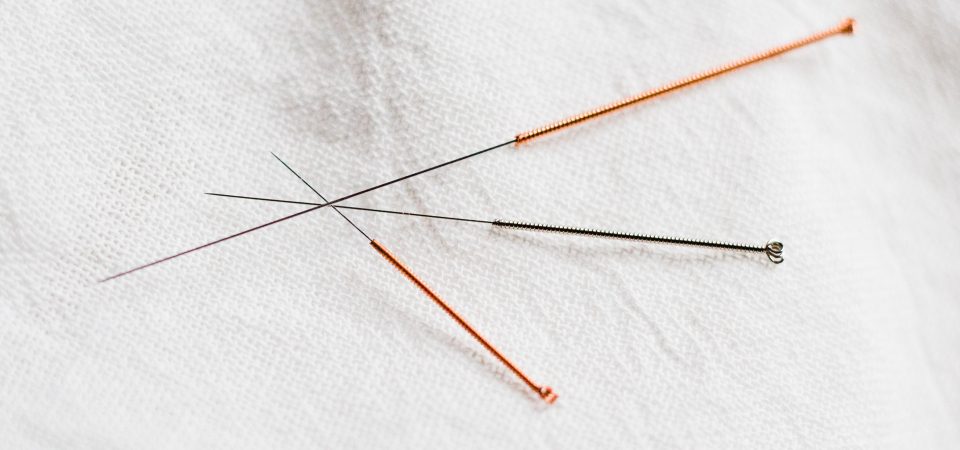During the past twenty years, a multidisciplinary approach to the management of jaw pain disorders has been advocated by many pain practitioners including physicians, dentists, physical therapists, chiropractors, and acupuncturists.
One technique often overlooked in the treatment of temporomandibular (jaw) disorders and the resultant painful symptoms is acupuncture. Acupuncture and acupressure have long been utilized by the Chinese and Japanese for the relief of pain in the temporomandibular regions.
Although acupuncture initially was used for disease management, its use has evolved as a pain control modality. Late in 1997, the National Institute of Health (NIH) released a consensus statement supporting the use of acupuncture as part of a comprehensive treatment plan for some conditions. Some researchers specifically recommended acupuncture for the facial pain of trigeminal neuralgia (tic doloreux) and of TemporoMandibular Joint (TMJ) dysfunction. This modality is most successful when the cause of the pain is neuromuscular rather than due to joint damage. The NIH panel pointed out that acupuncture is associated with a lower risk of adverse events than those associated with drugs or other medical intervention.
Possible Mechanisms
The stimulation of specific sites on the body surface exerts a marked inhibitory influence on pain. The acupoints have been known to the Chinese for many years. Their validity in pain control has been verified by numerous researchers.
One experimentally well-documented mechanism for pain relief by acupuncture is the modulation of endorphin levels. Myofascial pain is relieved primarily by inactivating the source of pain. According to one research article, acupuncture alleviates the awareness of pain.
Additionaly, multiple studies of acupuncture verses splint therapy have been reported in the literature. These studies show the comparative effectiveness of acupuncture in the treatment of temporomandibular disorders.
In the study by Johansson, et al, forty-five individuals with long-standing facial pain or headache of muscular jaw origin were randomly allocated into three groups. The first group was treated with acupuncture, the second group received an occlusal splint, and the third group served as controls. Both acupuncture and occlusal splint therapy significantly reduced subjective symptoms and clinical signs. No differences between these two groups were found with regard to treatment effects. It was concluded that acupuncture is a great alternative method for individuals with craniomandibular (jaw) disorders of muscular origin.
In a different study by Raustia and Pohjola, acupuncture seemed to be a useful early form of therapy in patients with TMJ disorders. Acupuncture could well be complimentary to stomatognathic treatment — either preceding or following — to achieve full neuromuscular rehabilitation, to ease the treatment, or to eliminate other possible contributing factors.
Additionally, Rosted wrote an article to review the scientific validity of published papers on the efficacy of acupuncture in dentistry based on pre-defined methodological criteria. Acupuncture, in 11 out of 15 studies, proved effective in the treatment of TemporoMandibular Dysfunction (TMD) and as analgesia. Rosted concluded that the use of acupuncture in treating TMD and facial pain seems real and that acupuncture could be a valuable alternative to orthodox treatment.


Leave a Comment